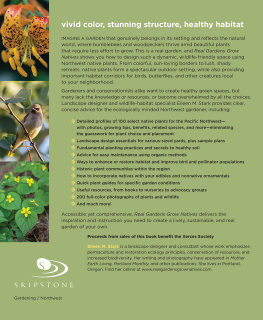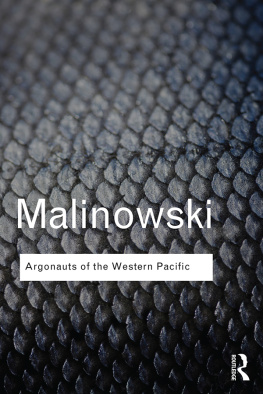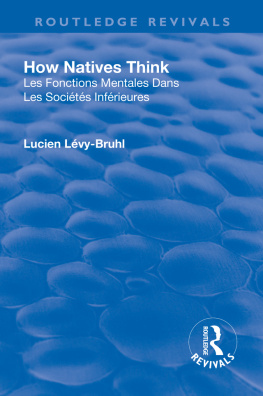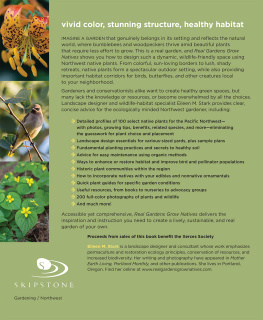Preface
This book is a collection of sketches written on lonely evenings during my voyage; some of them have been published in daily papers, and were so kindly received by the public as to encourage me to issue them in book form. In order to retain the freshness of first impressions, the original form has been but slightly changed, and only so much ethnological detail has been added as will help to an understanding of native life. The book does not pretend to give a scientific description of the people of the New Hebrides; that will appear later; it is meant simply to transmit some of the indelible impressions the traveller was privileged to receive,impressions both stern and sweet. The author will be amply repaid if he succeeds in giving the reader some slight idea of the charm and the terrors of the islands. He will be proud if his words can convey a vision of the incomparable beauty and peacefulness of the glittering lagoon, and of the sublimity of the virgin forest; if the reader can divine the charm of the native when gay and friendly, and his ferocity when gloomy and hostile. I have set down some of the joys and some of the hardships of an explorers life; and I received so many kindnesses from all the white colonists I met, that one great object of my writing is to show my gratitude for their friendly help.
First of all, I would mention His Britannic Majestys Resident, Mr. Morton King, who followed my studies with the most sympathetic interest, was my most hospitable host, and, I may venture to say, my friend. I would name Mr. Colonna, Rsident de France, Judge Alexander in Port Vila, and Captain Harrowell; in Santo, Rev. Father Bochu, the Messrs. Thomas, Mr. Fysh, Mr. Clapcott; in Malo, Mr. M. Wells and Mr. Jacquier; in Vao, Rev. Father Jamond; in Malekula, Rev. F. Paton, Rev. Jaffrays, Mr. Bird and Mr. Fleming; in Ambrym, Rev. Dr. J. J. Bowie, Mr. Stevens, Mr. Decent; in Pentecoste, Mr. Filmer; in Aoba, Mr. Albert and Rev. Grunling; in Tanna, Rev. Macmillan and Dr. Nicholson; in Venua Lava, Mr. Choyer; in Nitendi, Mr. Matthews. I am also indebted to the Anglican missionaries, especially Rev. H. N. Drummond, and to Captain Sinker of the steam yacht Southern Cross, to the supercargo and captains of the steamers of Burns, Philp & Company. There are many more who assisted me in various ways, often at the expense of their own comfort and interest, and not the least of the impressions I took home with me is, that nowhere can one find wider hospitality or friendlier helpfulness than in these islands. This has helped me to forget so many things that do not impress the traveller favourably.
If this book should come under the notice of any of these kind friends, the author would be proud to think that they remember him as pleasantly as he will recall all the friendship he received during his stay in the New Hebrides.
BASLE , April 1913.
Introduction
Late in the sixteenth century the Spaniards made several voyages in search of a continent in the southern part of the great Pacific Ocean. Alvara Mendana de Neyra, starting in 1568 from the west coast of South America and following about the sixth degree southern latitude, found the Solomon Islands, which he took for parts of the desired continent. In 1595 he undertook another voyage, keeping a more southerly course, and discovered the Queen Charlotte Islands; the largest of these, Nitendi, he called Santa Cruz, and gave the fitting name of Graciosa Bay to the lovely cove in which he anchored. He tried to found a colony here, but failed. Mendana died in Santa Cruz, and his lieutenant, Pedro Vernandez de Quiros, led the expedition home. In Europe, Quiros succeeded in interesting the Spanish king, Philip III., in the idea of another voyage, so that in 1603 he was able to set sail from Spain with three ships. Again he reached the Santa Cruz Islands, and sailing southward from there he landed in 1606 on a larger island, which he took for the desired Australian continent and called Tierra Australis del Espiritu Santo; the large bay he named San Iago and San Felipe, and his anchorage Vera Cruz. He stayed here some months and founded the city of New Jerusalem at the mouth of the river Jordan in the curve of the bay. Quiros claims to have made a few sailing trips thence, southward along the east coast of the island; if he had pushed on far enough these cruises might easily have convinced him of the island-nature of the country. Perhaps he was aware of the truth; certainly the lovely descriptions he gave King Philip of the beauties of the new territory are so exaggerated that one may be pardoned for thinking him quite capable of dignifying an island by the name of continent.
The inevitable quarrels with the natives, and diseases and mutinies among his crew, forced him to abandon the colony and return home. His lieutenant, Luis Vaez de Torres, separated from him, discovered and passed the Torres Straits, a feat of excellent seamanship. Quiros returned to America. His high-flown descriptions of his discovery did not help him much, for the king simply ignored him, and his reports were buried in the archives. Quiros died in poverty and bitterness, and the only traces of his travels are the names Espiritu Santo, Bay San Iago and San Felipe, and Jordan, in use to this day.
No more explorers came to the islands till 1767, when a Frenchman, Carteret, touched at Santa Cruz, and 1768, when Bougainville landed in the northern New Hebrides, leaving his name to the treacherous channel between Malekula and Santo.
WOMEN FROM THE REEF ISLANDS IN CARLISLE BAY, NITENDI.
WOMEN FROM THE REEF ISLANDS IN CARLISLE BAY, NITENDI.
But all these travellers were thrown into the shade by the immortal discoverer, James Cook, who, in the New Hebrides, as everywhere else, combined into solid scientific material all that his predecessors had left in a state of patchwork. Cooks first voyage made possible the observation of the transit of Venus from one of the islands of the Pacific. His second cruise, in search of the Australian continent, led him, coming from Tongoa, to the New Hebrides, of which he first sighted Maevo.
Assisted by two brilliant scientists, Reinhold and George Forster, Cook investigated the archipelago with admirable exactitude, determined the position of the larger islands, made scientific collections of all sorts, and gave us the first reliable descriptions of the country and its people, so that the material he gathered is of the greatest value even at the present day. The group had formerly been known as the Great Cyclades; Cook gave it its present name of New Hebrides.











